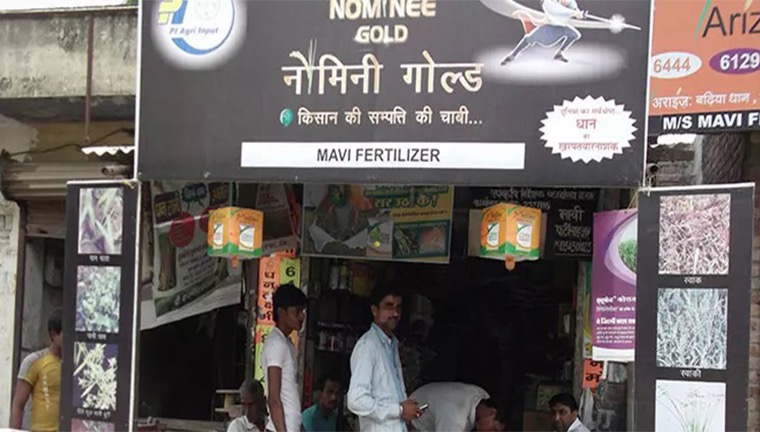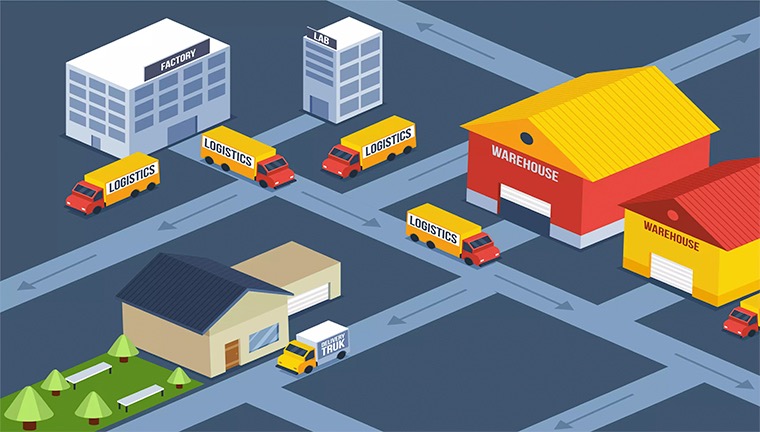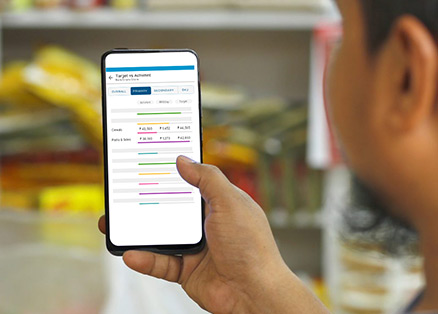In the FMCG parlance, Retail Merchandising is an essential concept that contributes to the sale of products to the end costumer. Every store level follows a clear merchandising strategy that aims at influencing buying decisions of its customers. It is an extremely challenging task since each product involves a different placement tactic by retailers such that it is visually appealing and triggers the customer impulse that has a direct impact on in-store traffic, sales, customer loyalty and general awareness.
Since it is not about the product that a retail store makes available to its customers but how they are merchandised determines their success rate of selling it. Modern retailing strongly engage in merchandising best practices to drive purchasing decisions of end customer. Effective merchandising for FMCG products therefore include appealing product display, good in-store signage, product packaging, product access and placement to induce customers to engage with the product. Business with an effective merchandising model usually enhances its retail sales by:
- Upselling – influencing a customer to buy a premium version of the product they are interested in
- Cross-selling – selling items that go well together but may be from different departments
- Encourage Impulse Purchase behavior
While the above are direct benefits of effective merchandising, indirect benefits include efficient space management and brand loyalty.
Retail Merchandising – Best Practices
Great merchandising is always built around the shopper’s psyche – ease, accessibility, usage and price. Here are couple of effective merchandising rules that captures shoppers’ attention and motivate them to make a purchase before leaving the store.
Merchandise in a way such that customers want to buy
The trick to effective merchandising is to offer what the customers want to buy, at what price do they want to buy, what time/season do they want to buy and what prompts them to try a particular product among a host of its competitive products. Well, owing to multiple mediums of shopping today, choices of buying a product today are many. However, when customers get to touch and feel a product on their own owing to its easy placement in a store significantly increases its chance of being picked up for a purchase. This method of engaging a customer to experience a product through retail merchandising increases its probability to get sold.
Also Read: Make your Merchandising reliable and smarter with FieldAssist Modern Trade Arsenal
Pricing the Merchandise
Merchandising a store correctly also depends upon its pricing. Since there is no set formula that must be used to price merchandise, careful pricing through trial and error is a standard experiment that large format stores usually follow. Commonly, it is observed that higher the price, slower will be the rate of sale. Hence, pricing is an exercise that must be based on the premise about what customers are willing to pay for and not otherwise.
Offer more than one Merchandise category
An interesting way of understanding it is to visualize a bell curve that stocks a prestigious FMCG merchandise on the right side which is slow moving owing to its price point. However, it accounts for more than 10% of the store’s product in addition to building the Delight factor for its customers. On the left side lives the promotional merchandise which also accounts for nearly 10% of the store’s product. These are value for money variants that is fast moving although does not contribute heavily to the profits.
Finally, in the middle of the curve lives the FMCG product that generate most profit. Hence, retailers depend upon this part of the curve since it generate profits for them. In the merchandising parlance, high and low end merchandise are referred as throw away products. Retailers do not benefit from them but must stock and display them since it showcases a complete gamut of product portfolio and makes it appear good.
Choice of Merchandise should fit the Lifestyle
While merchandising has everything to do with its placement, appeal, display and access but the most important determinant is the customer who is buying the product. The concept of Lifestyle marketing is important here. In addition to Demographics, Psychographics is an equally important consideration that include the kind of ideals, philosophies and life experiences defining their tribe of customers. Marketers believe that if you know your tribe, you will end up selling them multiple same store products that does not necessarily fit together.
Merchandising is a continuous activity that must be revisited every 3 months by retail stores to cater to the ever changing, ever growing customer needs that develop FMCG sales and keeps competition in check while efficiently managing retail space. However, in addition to the basics of successful product positioning, it is also important to accompany the merchandising strategy with optimal inventory, smart pricing and effective advertising. FieldAssist provides merchandising capabilities that makes it easier for organizations to keep track of their merchandising ROI.
ModMart | A Deep Analytics Platform for Acing In-Store Execution for CPG Brands
About Post Author
Nikhil Patwari
Nikhil always works towards making the app user’s experience more rewarding and empowering. Also a self-described wanderlust, his secret talent is being able to travel to exotic places on a shoe-string budget.
















